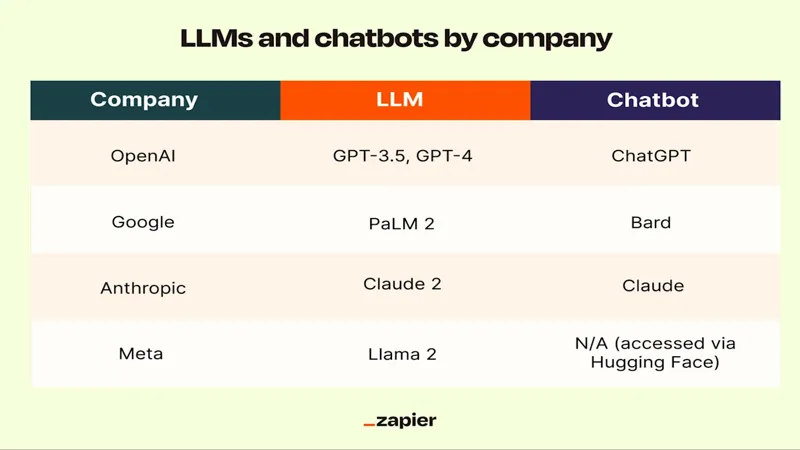
Claude AI Models: Everything You Need to Know
In the rapidly evolving landscape of artificial intelligence, Anthropic stands out with its innovative family of generative AI models known as Claude. Named after classical literary forms, the Claude models, including the latest Claude 3.7 Sonnet, offer a unique blend of capabilities that range from crafting emails to tackling complex coding problems. As AI technology advances, keeping track of these models and their specific functions can be overwhelming. This guide aims to demystify Claude, providing insights into its features, pricing, and the latest updates, ensuring users can fully harness the potential of these cutting-edge tools.
| Model Name | Description | Key Features | Pricing | Target Users |
|---|---|---|---|---|
| Claude 3.5 Haiku | Lightweight model | Fastest model; 200,000-token context; cannot analyze images | $0.80 per million input tokens; $4 per million output tokens | Individual users and small businesses |
Introduction to Anthropic and Claude Models
Anthropic is a leading company in artificial intelligence, known for its innovative models called Claude. These models can assist with a wide variety of tasks, such as writing stories, solving math problems, and even coding. As technology evolves rapidly, keeping up with the different Claude models can be challenging. That’s why we’ve created this guide to help everyone understand what each Claude model does and how they can be used in everyday life.
Claude models are named after famous forms of literature, like Haiku and Sonnet, which adds a creative touch to their identity. Each model has its strengths and weaknesses, making them suitable for different types of tasks. By learning about these models, users can choose the right one for their needs, whether they want quick answers or detailed explanations. We’ll dive deeper into the specifics of each model and what they can do for you.
Frequently Asked Questions
What are Claude models?
Claude models are advanced AI systems developed by Anthropic, named after literary forms like Haiku and Sonnet. They perform tasks like writing, coding, and solving math problems.
What is the difference between Claude 3.5 Haiku, Claude 3.7 Sonnet, and Claude 3 Opus?
Claude 3.5 Haiku is lightweight, Claude 3.7 Sonnet is a hybrid reasoning model, and Claude 3 Opus is larger but currently less capable. Sonnet is Anthropic’s flagship model.
How does Claude 3.7 Sonnet’s reasoning feature work?
Claude 3.7 Sonnet can analyze prompts by thinking for seconds to minutes before responding, providing thoughtful answers. This reasoning ability enhances its performance on complex instructions.
What are the pricing details for using Claude models?
Claude 3.5 Haiku costs $0.80 per million input tokens, Sonnet is $3, and Opus is $15. Output tokens are priced higher for each model.
What plans does Anthropic offer for using Claude?
Anthropic offers a free plan with limits and paid plans like Claude Pro for $20/month, Claude Team for small businesses at $30/user/month, and Claude Enterprise for larger companies with more features.
Are Claude models safe to use?
While Claude models are powerful, they can make mistakes, known as hallucinations, when answering questions. Users should be cautious and verify important information.
Can Claude models access the internet for real-time information?
No, Claude models cannot access the internet, which limits their ability to answer questions about current events or generate real-time content.
Summary
Anthropic’s AI models, known as Claude, are designed to carry out various tasks like writing emails, solving math problems, and captioning images. There are three main Claude models: Claude 3.5 Haiku, a lightweight version; Claude 3.7 Sonnet, which is the most advanced and can reason through problems; and Claude 3 Opus, which, despite being the largest, is currently less capable. Users can access these models through different pricing plans, with features like reasoning abilities and project management tools. While Claude models are powerful, they do have limitations, such as not accessing the internet for real-time information.